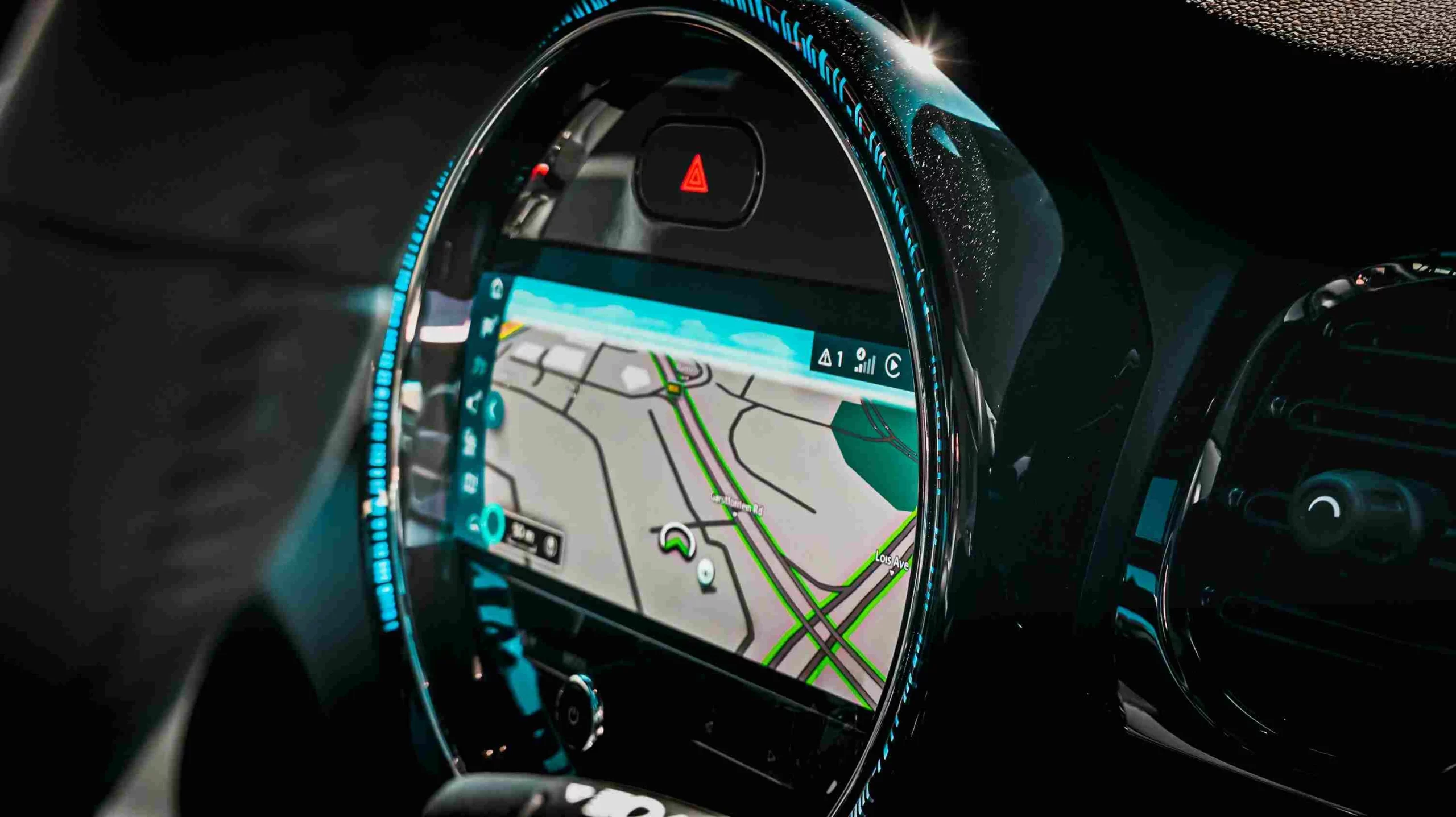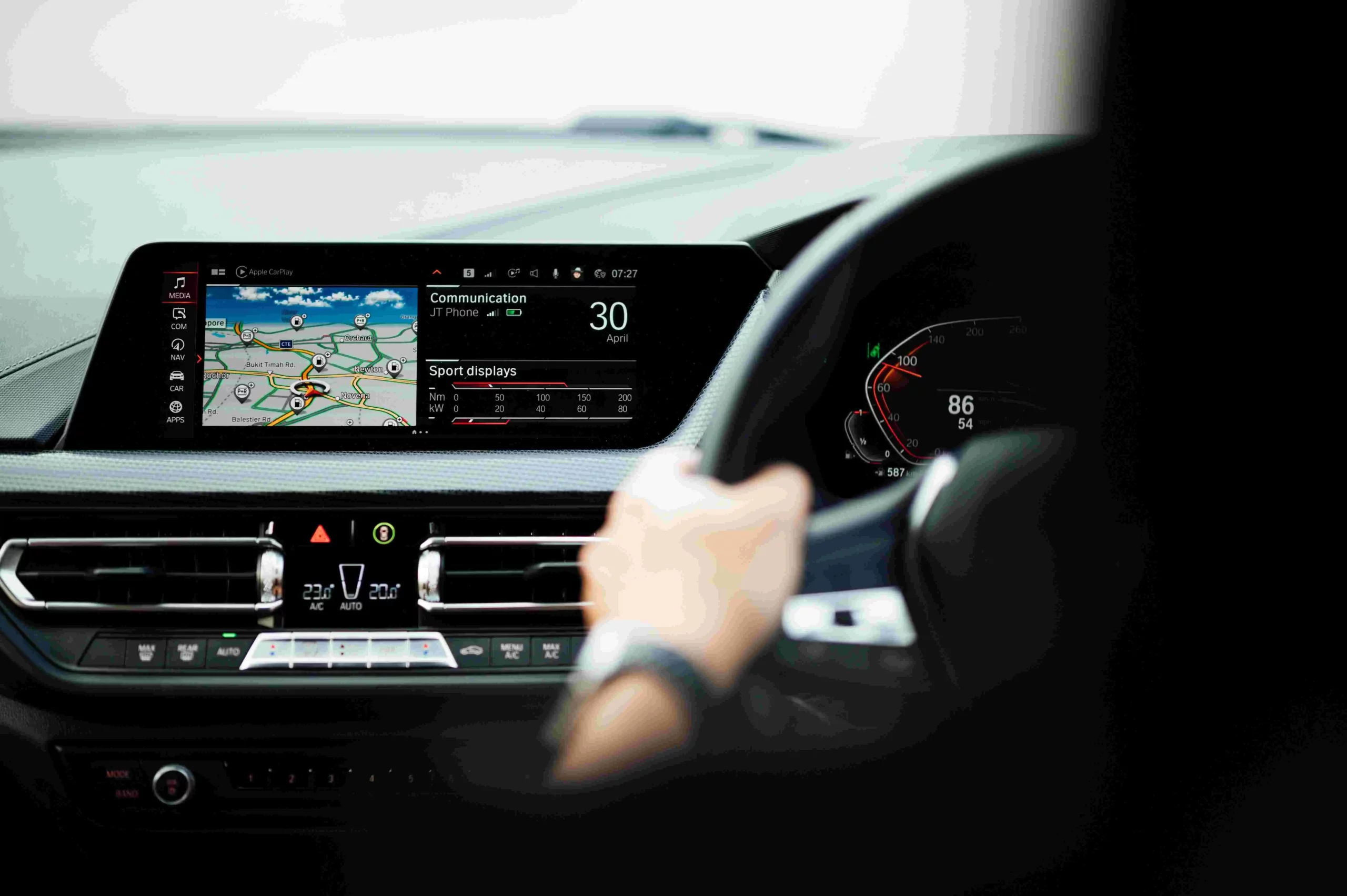We’ve seen a significant evolution in dash cams (AKA dashboard cameras) over the years. Initially limited to basic video recording, dash cam features have expanded to cater to a wide range of needs, from driver safety and legal protection to fleet management.
In this article, we examine the advanced features of these devices, such as GPS tracking, cloud storage, Wi-Fi connectivity, and driver assistance systems. Learn how these dash cams work and how they can enhance your driving experience and safety, making your journey smarter and more secure.
GPS Tracking: Enhanced Location Awareness
GPS tracking is one of the most revolutionary additions to dash cams, such as Crystal Ball’s 4G dash cam. This feature takes these devices beyond capturing video only to logging real-time location, speed, and route data. Some of the benefits of this dash cam feature include:
Location context for incidents: Video footage with accurate date, time, and location data can be invaluable in the event of an accident, collision, or traffic violation. Live GPS tracking ensures that this information is logged automatically, which provides a more insightful view of the incident. This is also useful for insurance claims, where it can support the driver’s version of events.
Speed monitoring: This dash cam feature records the vehicle’s travelling speed, which may be important for speed violation disputes or accident investigations. Some GPS dash cam safety features alert drivers when they exceed the speed limit, which can help improve driving behaviour.
Cloud Storage: Accessible Yet Secure Footage
Dash cams with cloud storage are another example of how these devices have evolved. While traditional dashboard cameras store footage on SD cards, some modern dash cams store footage in the cloud. This offers several significant benefits:
Instant backup: Footage stored on an SD card may be lost in an accident or through dash cam theft. Dash cams with cloud storage in the UK automatically upload and back up footage to a secure server, which you can access via computer or mobile device.
Storage flexibility: This dash cam feature typically offers tiered subscription plans that offer more storage for longer recording periods. This is ideal if you need to retain video footage for extended periods without worrying about footage stored on SD cards being overwritten.
Wi-Fi Connectivity: Seamless File Transfer
As an advanced dash cam feature, Wi-Fi connectivity simplifies file transfer and makes app integration, live streaming, and other functionalities possible. Let’s take a closer look at some of the benefits:
Easy file transfer: Wi-Fi connectivity in dash cams eliminates the older model’s inconvenience of manually removing the SD card and transferring footage to a computer. Wi-Fi connectivity gives you immediate access to footage when you need it, such as after a collision.
App integration: Dash cams with Wi-Fi connectivity usually have a dedicated smartphone app that offers seamless control of your dashboard camera system. You can download footage and change settings to ensure your dash cam is always configured to meet your needs.
Driver Assistance Systems: Enhancing Safety on the Road
Driver assistance systems are another evolution of dash cam safety features. These systems can help improve road safety and encourage better driving habits thanks to features such as:
Driver behaviour alerts: Dash cams with this feature use facial recognition technology to monitor drivers for behaviours such as using a mobile phone or smoking while driving, eyes looking to the left or right for too long, falling asleep, eyes closing for a long time, yawning, head lowering/sleeping, and being absent from the wheel when the vehicle is in motion. These cameras alert the driver and fleet manager as soon as they detect any of these behaviours, enabling drivers to improve their behaviour in real-time and fleet managers to address these issues appropriately.
Driving behaviour monitoring and scoring: Another driver behaviour dash cam feature monitors and scores drivers based on several KPIs, including harsh accelerating, braking, and cornering, as well as speeding and idling. The system also calculates league tables and reports for easy analysis.
Parking Mode: Protecting Your Vehicle While Stationary
Many modern dash cams have a parking mode feature. Dash cams with parking mode are designed to protect the vehicle when parked. When this mode is activated, the device remains active. However, these aren’t merely dash cams that record when the car is off, thanks to features such as:
Motion detection: Dash cams with motion detection start recording whenever they detect movement, which helps to save data storage space while relevant events are still captured. This feature is particularly useful on streets and parking areas where theft or vandalism occurs.
Impact detection: Some dash cams with parking mode have G-sensor technology to detect sudden impacts to the vehicle, such as a hit-and-run while the vehicle is parked. The dash cam automatically begins recording when the sensor is triggered, ensuring that any incidents are captured even if you or the driver are away from the vehicle.
Take Advantage of Modern Dash Cam Features
Advanced dash cam features can elevate your personal driving experience and change the way you manage your fleet when it comes to road safety, cost savings, and operational efficiency. Choose a dash cam that you can trust for reliability, clear footage, and features that go beyond merely recording the road ahead of your vehicles, such as Crystal Ball’s 4G dash cam. Your road journeys will never be the same again. Get in touch with us to learn more about how our dash cams can help you.


